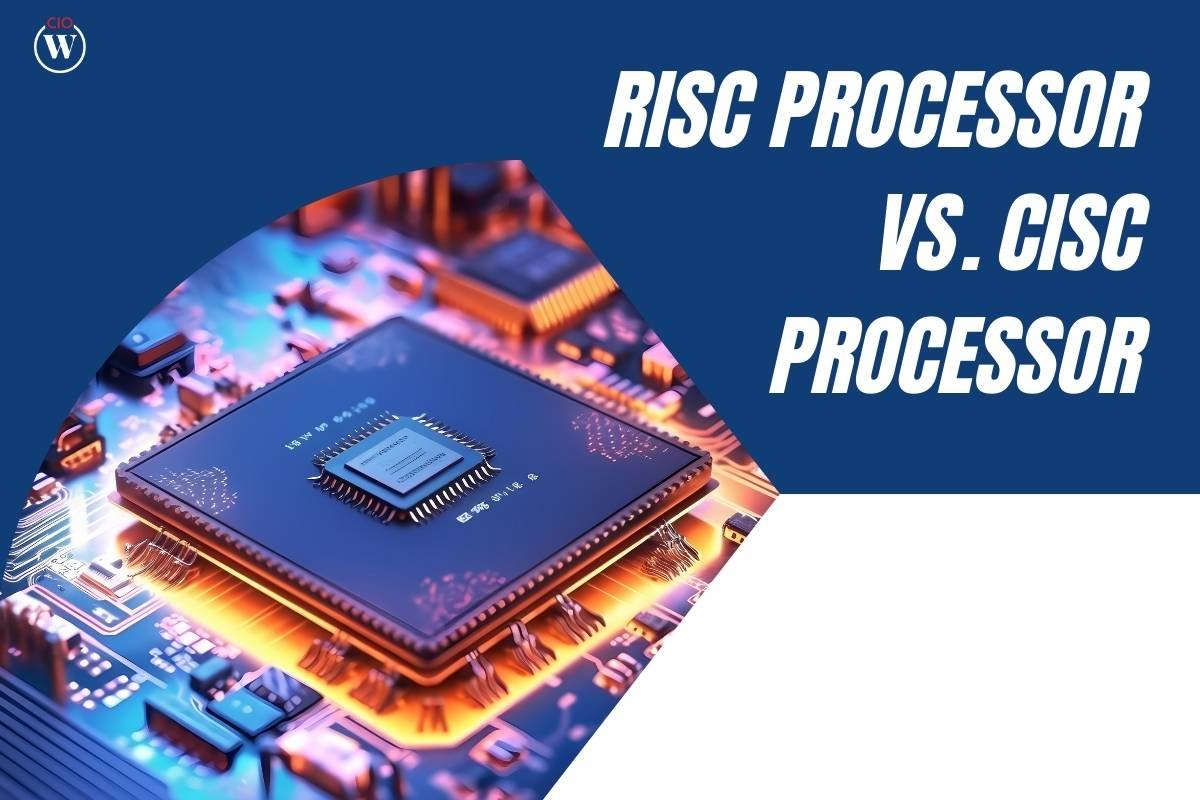In the world of computing, processors play a critical role in determining the performance and efficiency of systems. Two prominent types of processor architectures are RISC (Reduced Instruction Set Computer) and CISC (Complex Instruction Set Computer). Both have distinct design philosophies and are optimized for different tasks. This blog will delve into the key differences of RISC processor vs. CISC processor, helping you understand which might be better suited for your needs.
What are RISC and CISC Processors?
Processor architectures can significantly impact the performance, power consumption, and overall efficiency of computing systems. RISC processor vs. CISC processor are two competing paradigms that have shaped the development of modern processors. RISC processors are designed to execute a smaller number of simpler instructions, while CISC processors can execute a larger set of more complex instructions. Understanding the fundamental differences between these architectures is crucial for making informed decisions about hardware selection and software development.

RISC Processor vs. CISC Processor: Key Differences
Below is a comprehensive comparison of RISC processor vs. and CISC processor, highlighting their key differences:
| Feature | RISC Processor (Reduced Instruction Set Computer) | CISC Processor (Complex Instruction Set Computer) |
|---|---|---|
| Instruction Set | Smaller, fixed set of instructions | Larger, variable set of instructions |
| Instruction Complexity | Simple, uniform instructions | Complex, multi-step instructions |
| Execution Speed | Executes instructions in a single clock cycle | Executes instructions in multiple clock cycles |
| Pipeline Efficiency | Highly efficient pipelining due to uniform instruction length | Less efficient pipelining due to variable instruction length |
| Memory Usage | Requires more RAM due to larger number of instructions | Requires less RAM as complex instructions can do more per instruction |
| Design Philosophy | Emphasizes software optimization and compiler efficiency | Emphasizes hardware optimization and microcode efficiency |
| Power Consumption | Generally lower power consumption | Typically higher power consumption |
| Application Suitability | Ideal for applications requiring high performance and low power | Ideal for applications where complex tasks are common |
| Examples | ARM, MIPS, SPARC | x86, VAX, IBM System/360 |

Conclusion
Choosing between RISC processor vs. a CISC processor depends on the specific requirements of your application. RISC processors, with their simpler and more efficient instruction sets, are often preferred in environments where power efficiency and speed are paramount, such as in mobile devices and embedded systems. On the other hand, CISC processors excel in scenarios where complex tasks and backward compatibility are crucial, such as in desktop and server environments.
Understanding the fundamental differences between RISC and CISC architectures helps in making an informed decision that aligns with your performance needs, power consumption requirements, and application goals. Both architectures have their strengths and will continue to coexist, driving innovation and performance improvements in the computing world.










